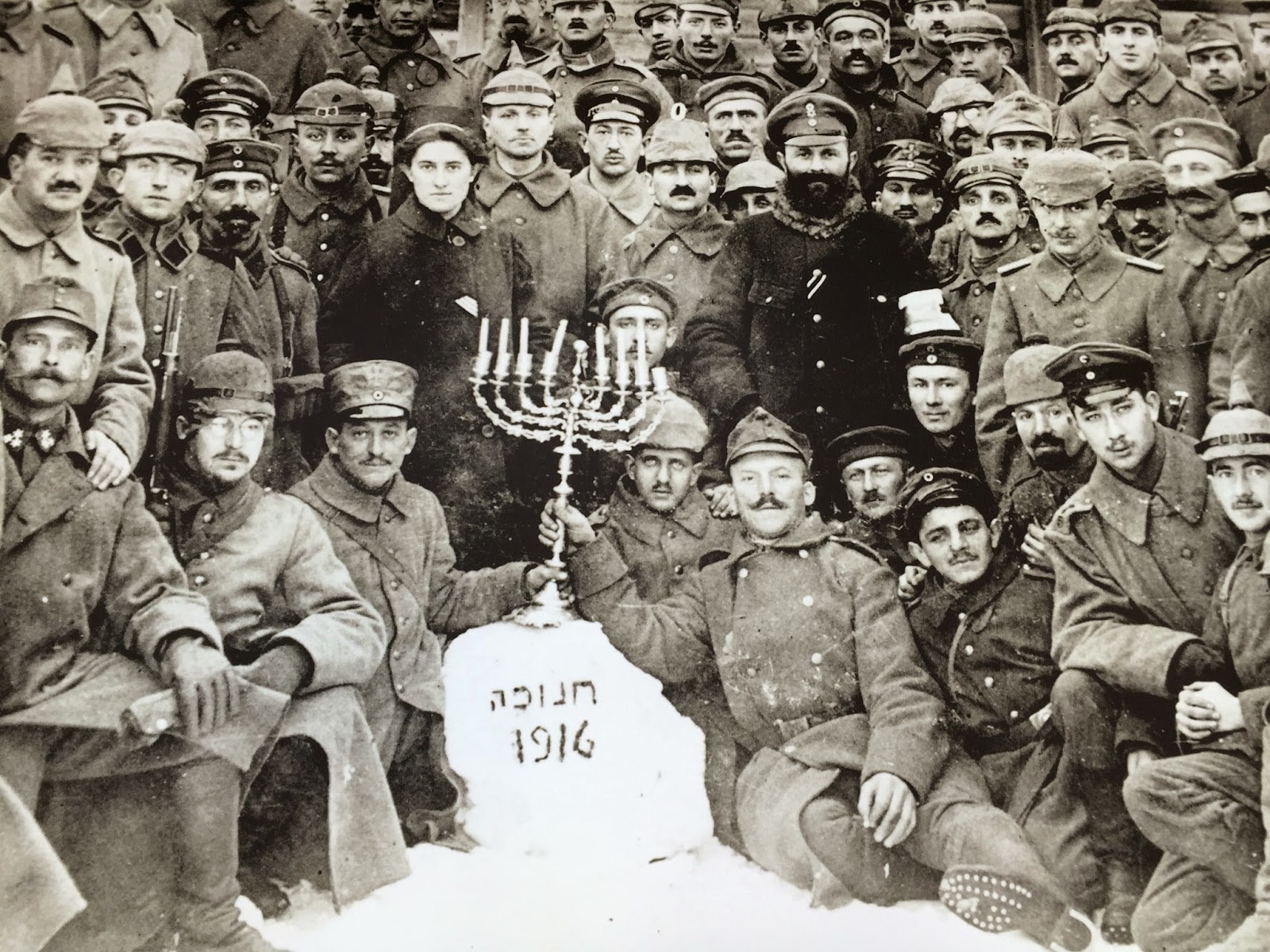
|
| Entrance to the Platzl Hotel |

|
| All in one place: Hofbräuhaus and Hard Rock |
Despite the strike of the Deutsche Bahn (German Railway), we safely arrived at Munich Hauptbahnhof. We completed the check-in and took our first walk passing the municipal taxation office. During my stay in Munich, I always entered the building head bowed and came out fully bent.
Therefore I had never noticed the inscription high up Moneta Regia (Royal mint) that the Munich citizens translate as money reigns or Money makes the world go round, as Liza Minelli once sang in Cabaret.
We saw a man unloading a fat gander from his bicycle, possibly for a performance, on our way through the city.
|
|
The following morning started with a shock. During my stay in about 1000 hotels in a lifetime, I had to repair showers, but here for the first time, the water refused to enter the showerhead. I turned all faucets and nearly destroyed the valves in vain. I called reception. Eventually, a man came to my rescue, showing me how to operate the shower.
For the solution to the mystery, wait until the end.
The Pinakothek der Moderne (museum of modern art) was inaugurated already in 2002, but Elisabeth and I visited the art gallery for the first time. If you love contemporary art or degenerated art, as the Nazis called it, that is the place to see it. Taking pictures was allowed, so I took lots of photos of paintings by German expressionists and abstract painters, but I am not showing them here because of copyright. The only picture presented below is by a French artist who painted it in 1914. The man had well anticipated the mechanical killing of modern warfare.
The handwashing facilities in the restroom of the Pinakothek der Moderne look modern too:
Following lunch and espresso, Elisabeth and I passed the inner court of the university on our way to the Englischer Garten when I stopped and stared, looking at the wall to the right.

|
| Inner court (Lichthof) of Munich's Ludwig-Maximilian Universität |

|
|
Monument of a pius remembrance to the death of three wars. They did not succumb in vain to their fate. 1959 |
So far, all efforts to rename the Ludwig-Maximilians Universität to Geschwister-Scholl-Universität have been aborted. Nevertheless, a plate at the entrance commemorates the Weiße Rose (White Rose), reproducing the flyers against the Nazi regime that sister and brother had distributed in the inner court to their fellow students:
Elisabeth and I passed the well-protected US Consulate near the Englischer Garten on our way back to the hotel.

|
| A fortress |
Photos were not allowed, so here I present a picture of a reproduction at
the entrance to the exhibition: Canaletto's view of Dresden with the famous
Frauenkirche (Our Lady's) on the left.
The new synagogue in Munich is well protected. We arrived around 11 a.m.,
but two guards at the entrance told us that the building was already closed
for Sabbath.
So we visited the Jewish Museum nearby. The small and relatively poor public
exhibition shows a few cult objects. No photos were allowed, an order I
regretted in the case of the special exhibition
War 1914/1918, Jews between the fronts.
On two floors, the efforts of the German Jews to show their loyalty to their country were documented. Although the Jews enjoyed equal rights in the Second Reich under the Kaiser in practice, they were not on equal footing in any European countries preceding the Great War. The following photo I took at the entrance to the museum.

|
| Note the bollards crowned by red lights protecting the synagogue against bomb attacks by cars. |

|
| The closed entrance |
On two floors, the efforts of the German Jews to show their loyalty to their country were documented. Although the Jews enjoyed equal rights in the Second Reich under the Kaiser in practice, they were not on equal footing in any European countries preceding the Great War. The following photo I took at the entrance to the museum.
After the war, Hans studied law, got a doctor's degree, and became a
lawyer. Somehow, his Jewish origin became forgotten because in 1934, on
the 20th anniversary of the outbreak of the Great War, Chancellor Adolf
Hitler bestowed a special commemoration medal on Hans Bloch.
As a Jew, he was no longer allowed to exercise his profession, but as a
war veteran, the Nazis did not harm him. When Germany started the Second
World War, Hans wanted to fight for his country, but as a Jew, he was not
allowed to serve in the German army. When his appeal against this decision
was refused, he committed suicide by electrocution in 1942. I never
imagined such a tragedy.
Passing the Viktualienmarkt (Munich's famous food market), I saw the following Maibaum (maypole) with a note that shook my knowledge of the Bavarian Reinheitsgebot.
Elisabeth and I had dinner at the
Schneider Weisses Brauhaus in the evening. Remember my
blog, What's Brewing. At the Brauhaus, they had several wheat beers on tap and some bottled,
including TAP5 with the unusual 8,2% alcohol. Here is the complete
list:
Red Baron started with TAP7, our original (5,4%), continued with TAP11, our light wheat beer (3,3%), and ended with TAP4, my green (6,2%).
Standing naked, under stress, waiting for the water, would you have found
the nob for activating the shower?
*
Passing the Viktualienmarkt (Munich's famous food market), I saw the following Maibaum (maypole) with a note that shook my knowledge of the Bavarian Reinheitsgebot.

|
|
The Bavarian purity decree was not issued on April 23, 1516,
but as early as November 30, 1487 |
Red Baron started with TAP7, our original (5,4%), continued with TAP11, our light wheat beer (3,3%), and ended with TAP4, my green (6,2%).

|
| Tap4, Mein Grünes |














No comments:
Post a Comment